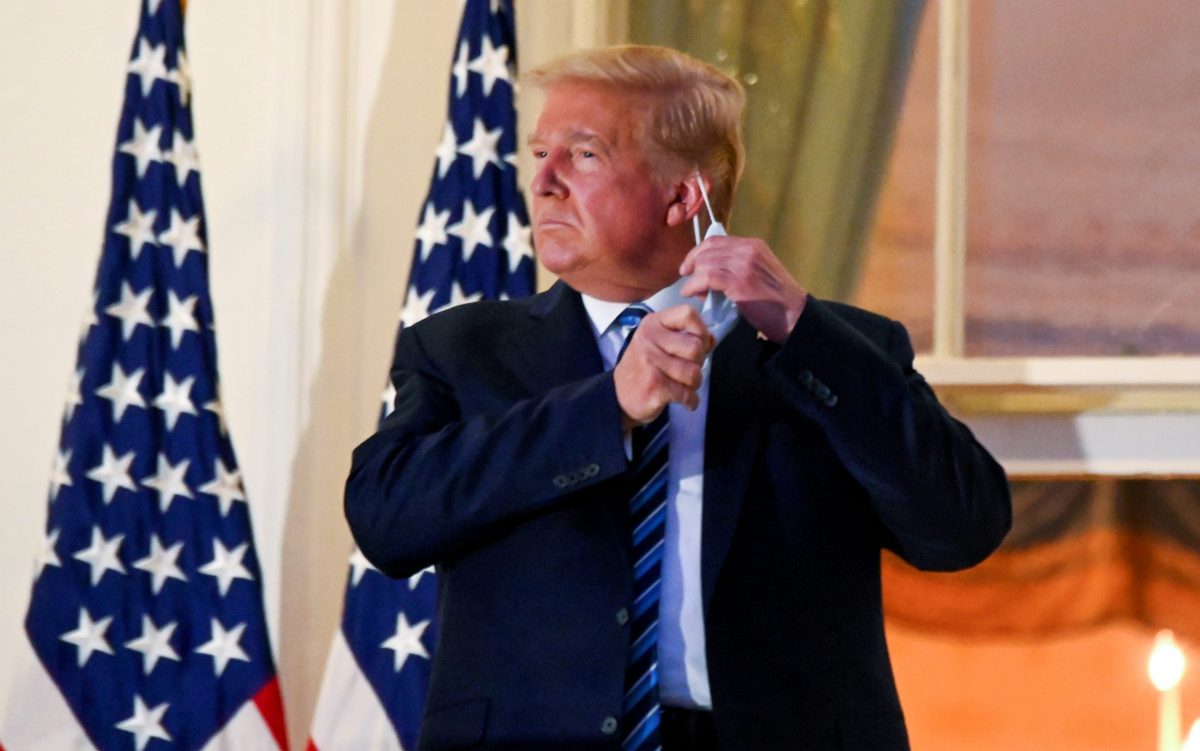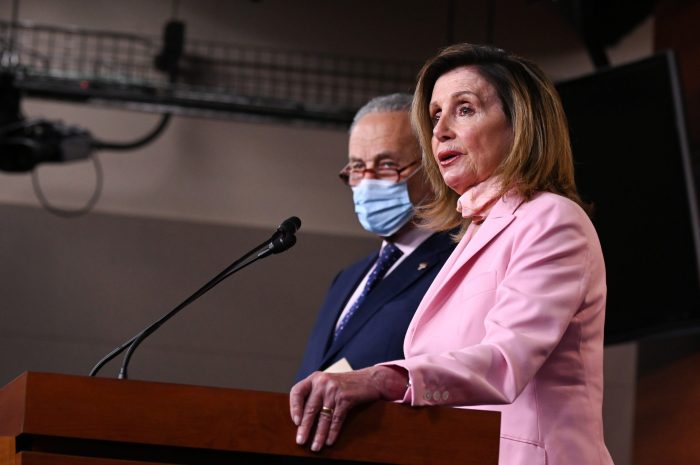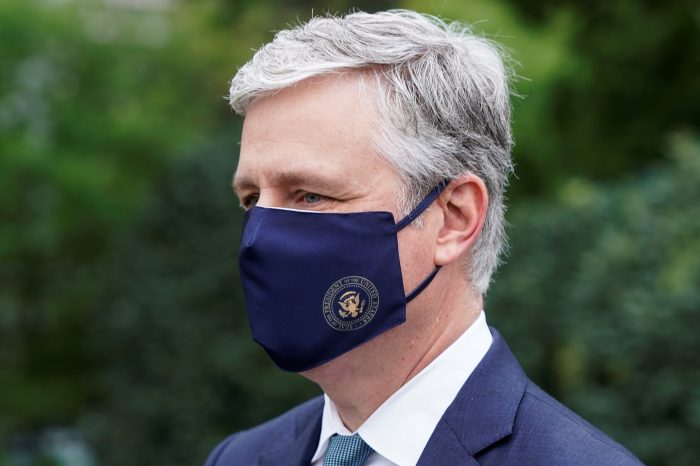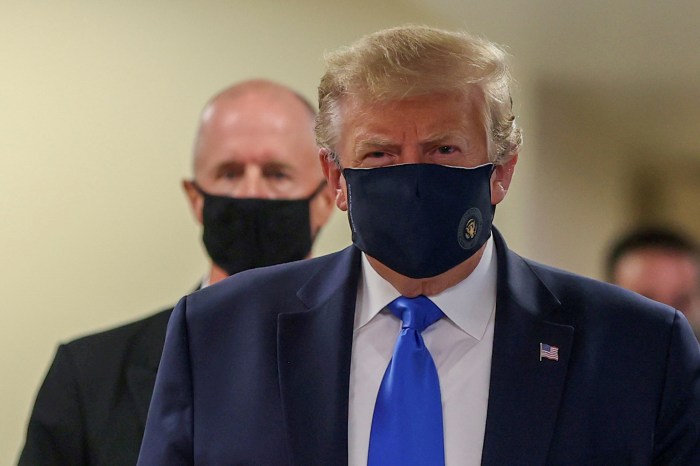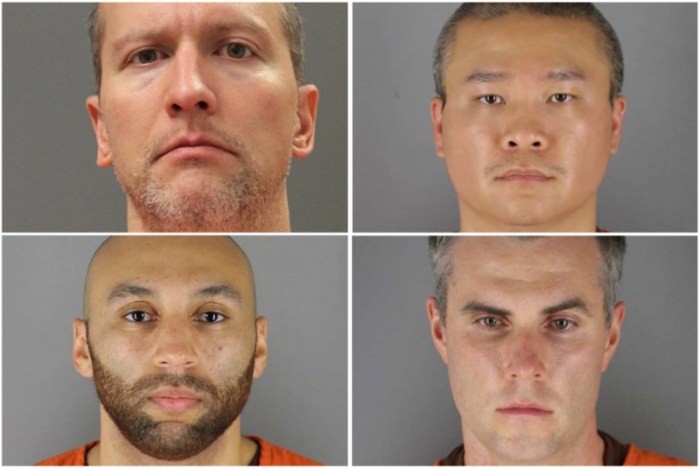BY HOWARD SCHNEIDER AND MEGAN DAVIES
The White House’s sudden exit from fiscal stimulus talks with Democrats in Congress has added another level of doubt to a U.S. economic recovery that already seemed to be weakening, choking off perhaps $1.5 trillion or more in future income and spending.
Even the most bullish policymakers and forecasters had penciled in more government aid to keep households and businesses hit by the coronavirus pandemic afloat through the end of the year. That money would bolster retail spending, rent payments and mortgages and whittle away at the 11 million lost jobs that have not yet been recouped.
Without it, the United States faces another roughly 5% hole in annual economic output.
Still, those assumptions evaporated on Tuesday after President Donald Trump announced his administration was ending the stimulus talks with U.S. House of Representatives Speaker Nancy Pelosi, with the two sides divided over whether to dribble out aid to specific sectors like airlines, or build a more comprehensive package to nurse the economy closer to the day when a coronavirus vaccine might be widely deployed.
U.S. stock markets fell sharply after the announcement, though Trump, a Republican who is seeking reelection in a Nov. 3 vote, later pulled back, saying he would support a few stand-alone bills. Wall Street’s main indexes clawed back the bulk of the losses on Wednesday.
“We’re still willing to be engaged, but I’m not optimistic for a comprehensive deal. I am optimistic that there’s about 10 things that we can do on a piecemeal basis if the speaker is willing to put it before her members,” White House Chief of Staff Mark Meadows told Fox News in an interview.
Pelosi told ABC’s “The View” program that Trump was “rebounding from a terrible mistake” and that it was a “missed opportunity” not to pursue a broad stimulus package.
That approach is also favored by Federal Reserve officials and economists as well.
Fed Chair Jerome Powell on Tuesday warned that being stingy with government spending in coming months could trigger “tragic” consequences as firms and families sustained by unemployment insurance and other benefits fall off a spending cliff.
When the initial rounds of pandemic-related government aid dried up in August, U.S. personal income fell sharply. Major sectors of the economy, like the hospitality industry, remain depressed; what began for many companies and workers as short-term job furloughs are turning into permanent layoffs; and small businesses that had avoided bankruptcy may be nearing the end of the line.
‘PRETTY SIGNIFICANT RISK’
In the early years of the last economic expansion, Fed chief Ben Bernanke criticized Congress for allowing government spending cuts to reduce economic growth at a critical point when the world economy was wobbling as well.
A more intense version of that debate is now developing.
One issue at the heart of the impasse in the fiscal talks is aid for cash-starved state and local governments, which Pelosi argues is critical and Trump says would be a reward for Democratic-governed states that have overspent.
Local governments meanwhile shed 182,000 jobs in September, according to recent government data, many of them in school systems where the shift to remote learning has made school bus drivers and on-site support staff less necessary.
Some argue the recovery is already on a self-sustaining path.
“The recovery will continue without (further government spending), I think, but it’s going to be a much slower recovery, and it’s disappointing that we didn’t get a package done,” Cleveland Fed President Loretta Mester told CNBC in an interview on Tuesday.
“There’s still a lot of households and a lot of small businesses that really need that kind of help … We’re still in a pretty big hole.”
But it’s also in this environment – with cheap interest rates and plenty of “slack” in terms of unused labor and other resources – that many economists feel government spending can have its greatest impact.
As Powell warned on Tuesday, the risks are consequential, with the margin between a new fiscal package and none in coming months tallied not as a recovery that simply slows, but one that stops or reverts to a new contraction.
With polls showing Democratic nominee Joe Biden likely to beat Trump in next month’s vote, analysts are now discounting any action until after a new administration takes office in January, betting it unlikely the lame-duck president would help his successor off to a strong start. For some people, those lost months could mean the difference between escaping the pandemic with finances and businesses intact, or becoming economic casualties.
Trump’s withdrawal from stimulus talks “introduced a pretty significant risk that we don’t see any additional fiscal support until February,” analysts from NatWest Markets wrote on Tuesday. “No stimulus until February could be a big deal, especially if COVID cases pick up into the fall and we continue to see renewed (albeit more targeted) closures and shutdowns.”



